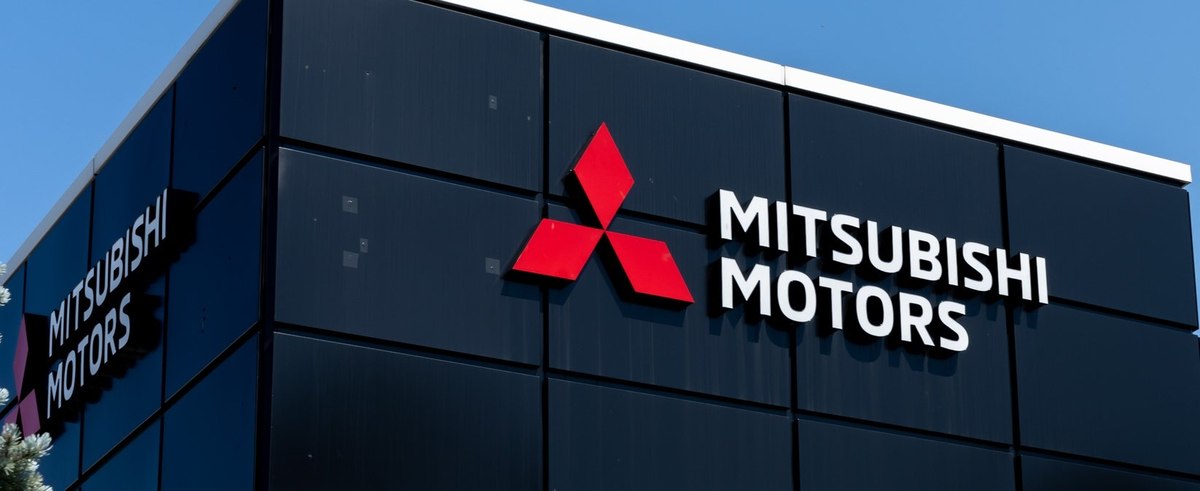Mitsubishi is reportedly exploring a comeback in the UK market, having exited in 2021 due to financial pressures and the impact of the Covid-19 pandemic. The brand’s return would come after a strategic European re-entry via its alliance with Renault, but a successful revival may depend on how well the brand aligns with evolving consumer interests and lifestyles.
This piece looks at Mitsubishi’s potential customers in Britain to see how they differ from the general population. Specifically, we’ll delve into people who meet the following criteria:
- Are aware of Mitsubishi
- Hold a positive or neutral view (Impression) of Mitsubishi
- Would consider buying a new car in the next 12 months
We’ll refer to this group as Mitsubishi’s potential customers. Using data from YouGov Profiles, let’s look at who these consumers are, what interests them and how they spend their time engaging with various media channels to identify the opportunities and moments Mitsubishi can connect with this audience.
Demographic breakdown
Millennials (32%) and Gen X (29%) are more prominent as potential Mitsubishi customers. In contrast, fewer Gen Z and Baby Boomers are likely to be part of this audience (15% and 20%, respectively). Gender differences are particularly stark — 60% of potential Mitsubishi customers are male, compared to 40% of women.
In terms of income, the audience is slightly more concentrated in the middle-income range (38%). Around a fifth of Britons make up the potential customers group among both lower- and higher-income brackets (22% and 19% respectively).
There’s a potential market opportunity among those in the ‘pre-family’ stage (15-45 years old without children). Mitsubishi’s potential customers are more than three times as likely to fit this description when compared to a young family (31% vs. 9%).
The brand also sees modest representation among “empty nesters” (those aged 46 and older, living without children and still employed) (23%).
Lifestyle interests
Football remains the top sports interest for this group (36%), closely matching the national average. However, potential Mitsubishi customers are more likely to cite motorsport as one of their top interests (17% vs. 13%).
When it comes to how they watch sports, Mitsubishi’s potential customers are more digitally engaged. While TV is the dominant medium (63%), they are more likely than the average Briton to watch sports online (30% vs. 22%), via social media (26% vs. 19%), and on radio (20% vs. 14%).
Aside from sports, this segment spends their time engaging with several hobbies like reading (51%) and music (48%). Gaming is more common among Mitsubishi’s potential audience (29% vs. 21%), reinforcing the younger, more tech-oriented profile. Cooking/baking (32%) and fitness (27%) also rank as significant leisure activities.
In terms of general interests, this audience is more likely to follow topics like animals and nature (53% vs. 47%) and music (42% vs. 37%). Interest in travel and holidays is slightly lower than the average British population (41% vs. 46%).
Media engagement
So how can marketers reach this group? Let’s look at how the segment spends its time in front of a screen across social media, broadcast/cable TV and streaming.
Data from YouGov Profiles reveals that while Facebook remains a popular platform among potential customers, there is a significant over indexing of their daily usage of WhatsApp (65% vs. 58%) and YouTube (43% vs. 32%) when compared to all British adults. While these platforms offer opportunities for branded content, Mitsubishi can also tap into the powerful culture of user-generated content (UGC) on these channels.
Looking at other forms of entertainment podcast consumption is strong among Mitsubishi’s key audience (57%). Spotify leads as the most-used podcast platform (25%) compared to 16% of all GB adults, followed by BBC Sounds (15%), YouTube (10%), Apple Podcasts (9%), and Amazon Music (7%). All figures are notably higher than national averages, suggesting a receptive audience for audio-based outreach.
Mitsubishi’s potential customers use many of the same TV services as other Britons, with similar viewership rates for Netflix (62%), BBC iPlayer (60%), and Amazon Prime Video (56%). Disney+ and ITVX follow, with usage closely mirroring broader patterns.
In addition, potential customers are also more likely to be tuning into traditional TV channels such as BBC One, ITV1 and Channel 4. Given the group’s propensity for TV watching and streaming, advertising on these platforms and channels can be an effective way for increasing brand visibility and reach.
